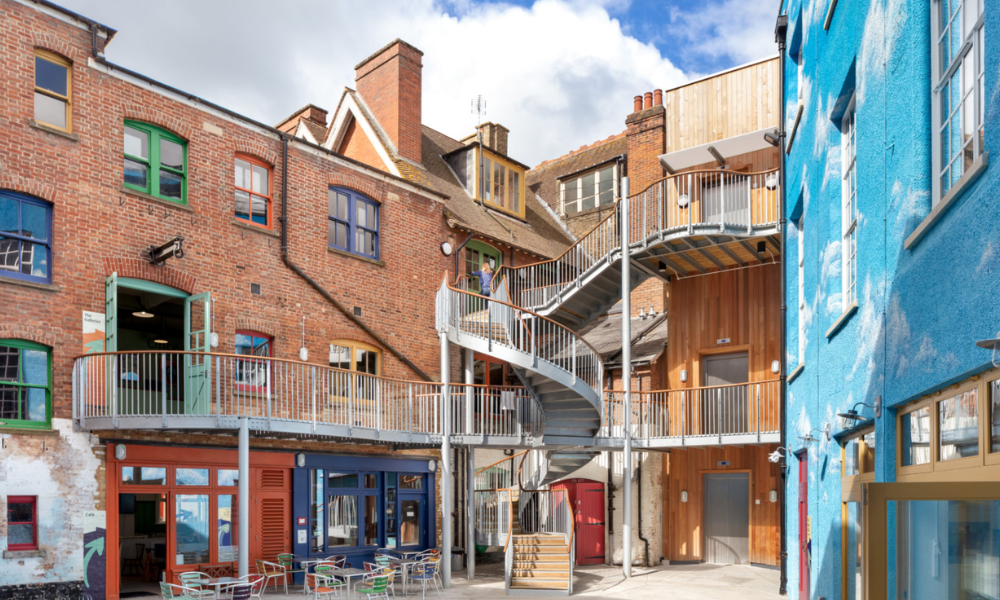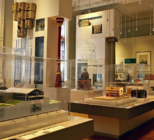The Royal Institute of British Architects (RIBA) has announced the winners of the 2022 RIBA Regional Awards, and museum and heritage buildings across the country have been recognised for their architectural standards.
Judged and presented locally, this year’s award winners include the Ely Museum which secured a RIBA East Regional Award 2022 after HAT Projects restored and extended the Cambridgeshire museum.
The Story Museum in Oxford secured a RIBA South Regional Award following the building’s transformation by Purcell with Ramboll UK, turning three diverse buildings into a single city-centre home for the museum, which previously existed only in virtual form.

The Special Exhibitions Gallery in Manchester, which occupies a 19th-century warehouse and a former goods yard below a disused railway viaduct, provides the Museum of Science and Industry with space for temporary displays and a characterful foyer that sets up new routes through its campus in line with wider masterplan. It received a North West RIBA Regional Award.
The viewing tower at Sutton Hoo in Woodbridge received a RIBA East Award 2022 for what RIBA called “an extremely brave piece of commissioning by the National Trust”. Designed by Nissen Richards Studio, the tower allows visitors to see the full breadth of the location from above ground level.
Lancaster Castle received an an award after BDP carried out restoration on the grade-I-listed building, which has seen a phased programme of works so far include seven buildings given new purpose – including exhibition space, retail and a café – and seven more made weathertight, all while facilitating the continued use of on-site court buildings.
At Southbank, the BFI’s Riverfront location has been awarded a RIBA London Award 2022 after Carmody Groarke delivered a new identity and welcoming entrance, including a canopy of cast, backlit fiberglass reminiscent of a cinema screen.
The full list of winners also included architectural work for private clients and a range of organisations outside the museums and heritage sectors .










